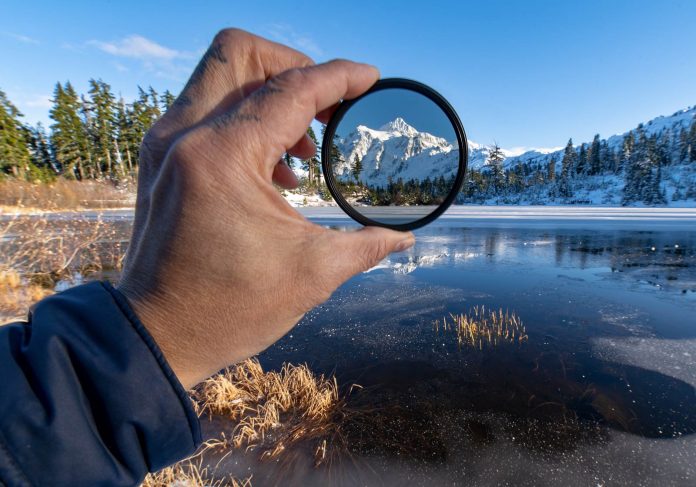Polarizing filters are optical devices found in digital cameras used to eliminate the effect of reflection in a photograph. They come in handy in outdoor photography as they induce a ‘deep color effect’ by reducing the glare of light- a feat that leads to high quality and crystal clear photographs. They convert unpolarized light to single polarization to increase the overall saturation of the photograph.
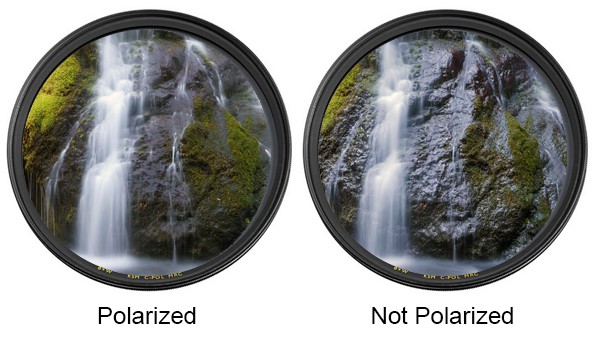
There are two predominant types of polarizing filters viz:
Linear polarizing filters – This is a basic filter which works by eliminating unwanted reflected glare on a photo. With this filter, only the light polarized to the desired axis is passed to the camera.
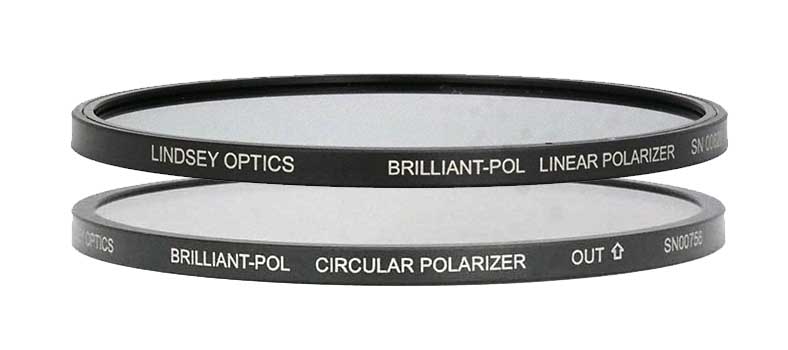
Circular polarizing filters – This is an advanced version of the linear filter. It is made up of a linear polarizer and an extra lens. This additional lens converts linear polarization into circular polarization resulting in full polarization. This type of filter is mainly found in digital single lens reflex cameras (DSLRs).
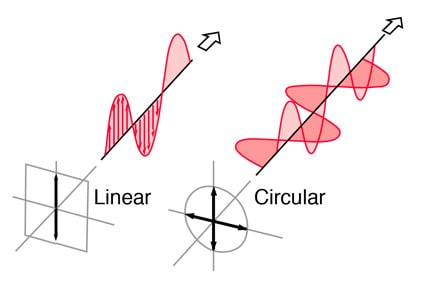
What are the benefits of using polarizing filters?
These simple camera accessories could be what you are missing to realize your true potential as a photographer. Among other merits, these elements can make foliage appear less shiny, remove reflections from water and darken the sky.
Polarizing filters are generally quite effective in enhancing overall color saturation and in buffering up the quality of your outdoor photos. With these smart elements in place, you don’t have to worry about poor color tones and/or unclear contrasts.

Let us take an example of a beautiful outdoor setting- a brilliant green field. Now, your eye will see certain things like beautiful flowers, wonderful blades of glass and lovely stones beneath moving water. The camera, on the other hand would see reflections of light everywhere and impose certain adjustments resulting in an unrealistic extra bright image.
By simply using a polarizing filter, it would be possible to capture finer details for more realistic and appealing photographs.
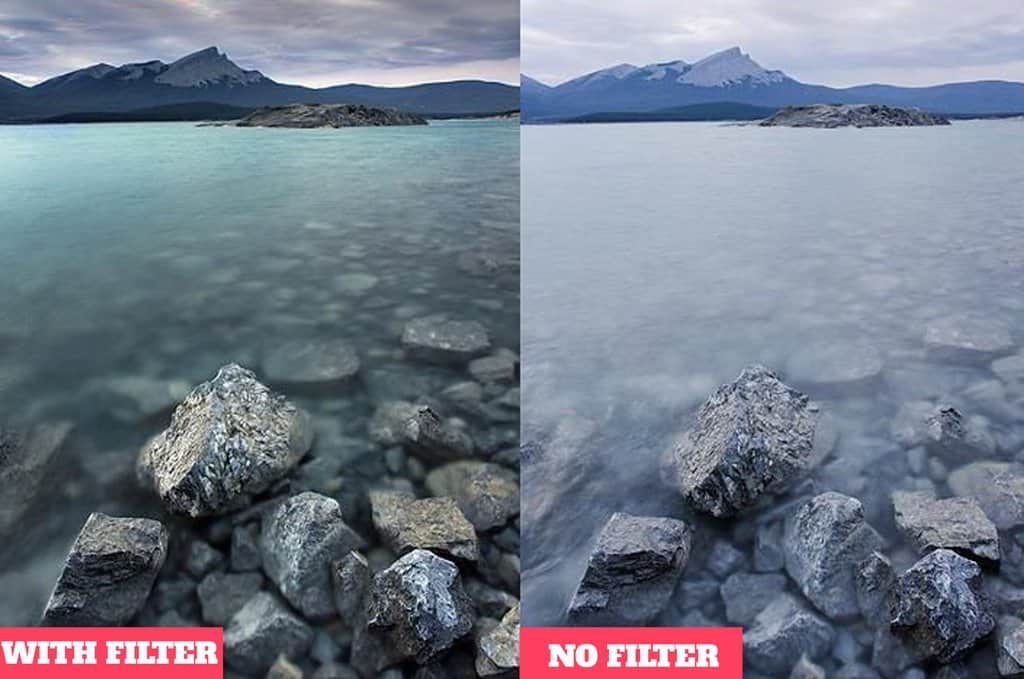
- What Is Aromatherapy Vs. What Are Essential Oils?
- What is La Tomatina in Bunol, Spain Like? What to Expect at the Famous Tomato Throwing Festival
How to use polarizing filters
The simple trick to using these filters is in understanding the best way to orient them on the camera itself. Let us have a look at some basic steps that you can take to enjoy the best results:
* Install the filter onto your camera lens.
* Rotate the filter while checking the result through the view-finder.
* Use the ^ sign on the filter for accurate settings.
* Set the lens to about 30 to 40 degrees from the surface level to minimize the glare on highly reflective surfaces e.g water.
* Please note that these filters are made from iodine and as such cannot resist ultra violet heat rays. Apply the filters only when you really need them and keep it safely in a case the rest of the time.
* Used polarizing filters will run for about five years before they need replacing.


